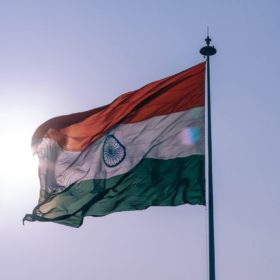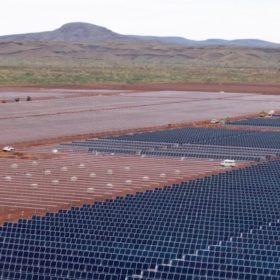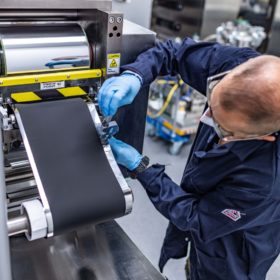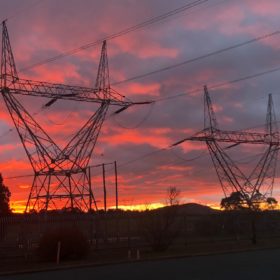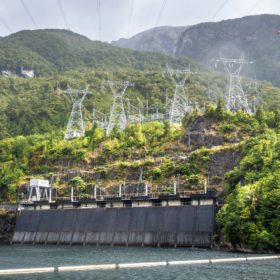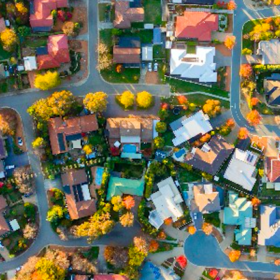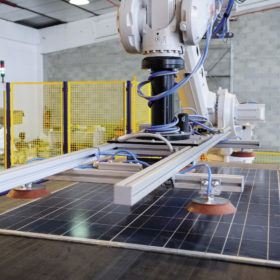Solar auctions in India to attract large developers
A new report shows that renewable energy companies will continue to compete in upcoming auctions in India, undeterred by challenges such as rising materials costs and surging interest rates.
AEMO to restore national energy market
The market operator today announced a “staged” return to the national energy market’s normal operations as 4000 MW of generation capacity comes back into operation.
NSW & Queensland budgets handed down, both link clean energy investments to prosperity
Both New South Wales (NSW) and Queensland handed down their 2022-23 state budgets on Tuesday pushing the line that clean energy investments would lead the states to future prosperity.
Qantas partners with Airbus on sustainable fuels, Aviation H2 acquires hydrogen test engines
In aviation news, Qantas has announced a partnership with Airbus to invest up to $285 million to establish a sustainable aviation fuel industry in Australia. Meanwhile, startup Aviation H2 says it is in the process of acquiring test engines it will modify to run on hydrogen, which are due to arrive in the next five weeks.
Rio Tinto’s flashy new mine powered by 34 MW of solar
Resources giant Rio Tinto has officially opened what it is calling its most technologically advanced mine in the Pilbara region of Western Australia. The Gudai-Darri iron ore mine features a 34 MW solar farm capable of meeting one-third of the facility’s energy needs.
US startup unveils non-flammable batteries for EVs, storage
Alsym will produce its new batteries – made of readily available materials, without lithium or cobalt – for electric vehicles, stationary storage, and marine applications.
First community-owned retailer goes into administration due to ‘diabolical’ energy crisis
Australia’s first community-owned electricity retailer, Enova Energy, has gone into voluntary administration, claimed by the ongoing energy crisis unfolding in Australia’s east.
Two Australian companies left vying for giant $4.5b green hydrogen project in NZ
Fortescue Future Industries and Woodside have been selected as the two finalists in the race to develop what could be one of the world’s largest green hydrogen projects, a 600 MW facility in New Zealand’s Southland.
Melbourne’s suburbs shining with solar and battery uptake
After a bumpy start, the Victorian government’s Solar Homes Program is now in full swing, lead by strong uptake in Melbourne’s suburbs and the state’s rural north. Meanwhile, demand for batteries linked to rooftop solar has skyrocketed over the last month, spurred by the energy crisis and an especially cold winter.
Recycling process promises ‘better than new’ silicon wafers
Scientists in China have developed a new recycling process for PV modules that can recover intact silicon cells from end-of-life products, and process them back into wafers. As part of the recycling process, the wafers are purified and surface-treated, making them suitable for integration into new, high-efficiency cells and modules.
